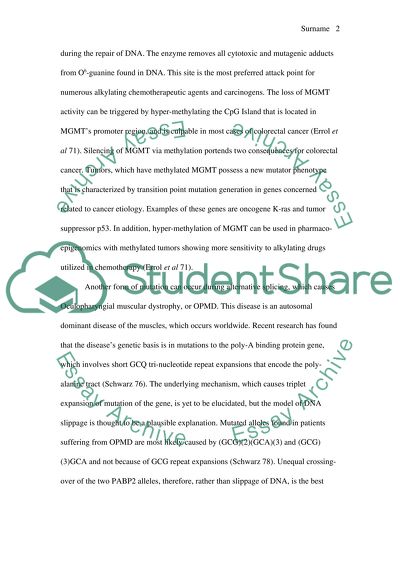Mutations Essay Example | Topics and Well Written Essays - 750 words. Retrieved from https://studentshare.org/biology/1462297-mutations
Mutations Essay Example | Topics and Well Written Essays - 750 Words. https://studentshare.org/biology/1462297-mutations.


